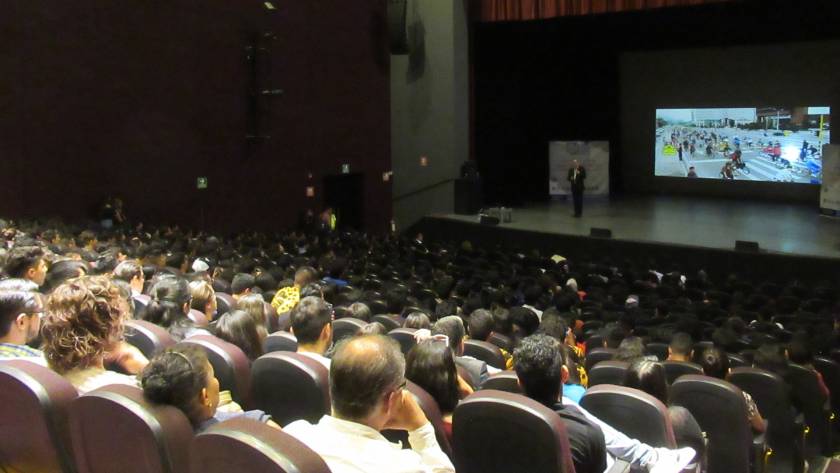



Key Takeaways
⇢ Cycling infrastructure is rarely neutral - the design and politics behind bike lanes
reflect embedded power dynamics and societal values.
⇢ Phrases such as “Traffic flow”, “networks”, and “production streets” reflect a
worldview where streets serve cars, not people. This narrows our collective
imagination of what streets could be—social, playful, democratic, and
multifunctional.
⇢ Treating cities as systems to…


Key Takeaways
⇢ Tactical urbanism follows a clear sequence with each phase generating data and
political will.:
- demonstration (temporary installations & paint)
- pilot (months‑long with interim materials)
- interim design (1–2 years semi‑permanent)
- permanent rebuild (full reconstruction)
⇢ Tactical Urbanism is easily scalable and works everywhere, from towns with a
population as low as 1000 people to dense cities such as…

Key Takeaways
⇢ Children’s needs are routinely overlooked in city planning. Over 1 billion kids live in
cities ill‑suited to their size, abilities, and developmental needs.
⇢ Four essential dimensions of the urban realm for early years include healthy,
protective, stimulating/playful, and supportive/knowledge‑sharing environments.
⇢ City‑wide benefits of child‑friendly design:
- Health & well‑being
- Social cohesion
- Local economy
- Safety
- Climate resilience
- Nature connection
-…

Key Takeaways
2030 Eixample Vision: A systemic network of green axes and new public squares aims to add 30 ha of productive space, 3 ha of greenery, and continuous tree canopies.
A three‑tier street network: prioritizing walking, cycling, and public transit on primary axes, while interior superblock streets are reclaimed for pedestrians, greenery,…

Key Takeaways
The ongoing shift toward electric, low-emission buses and the promise of automation position BRT as a forward-looking solution. Continuous innovation and integration into broader multimodal networks are seen as critical for meeting future urban mobility, environmental, and equity goals.
BRT is not just a bus service but a comprehensive system—one that…




